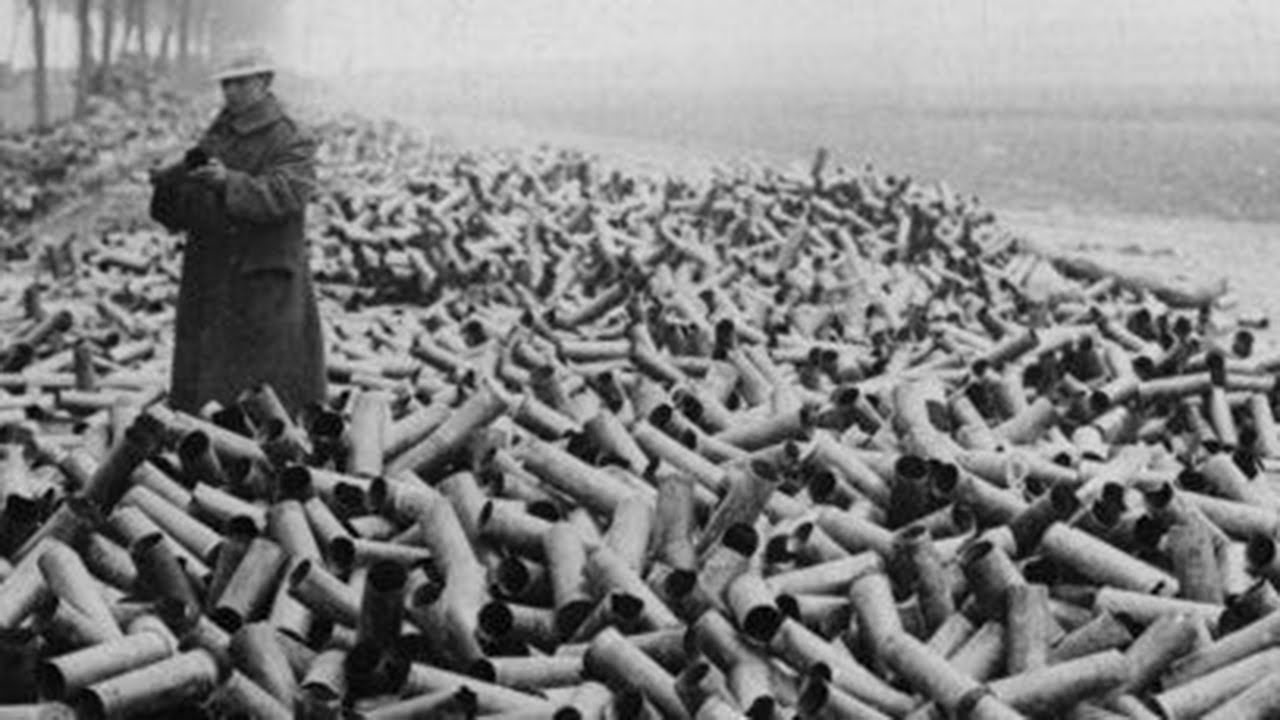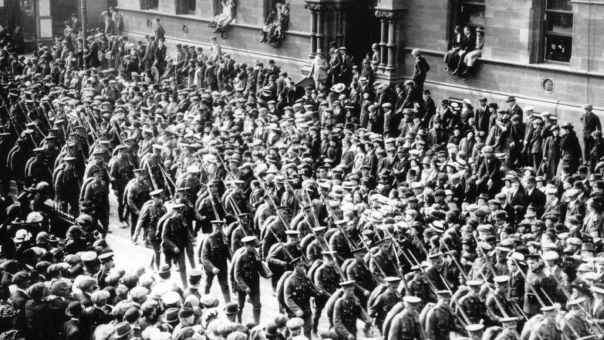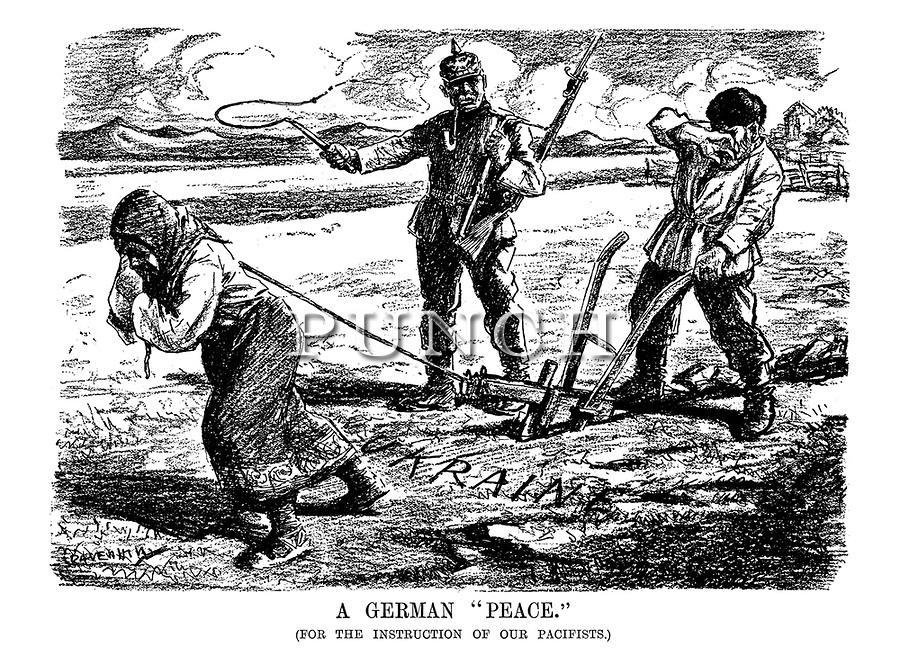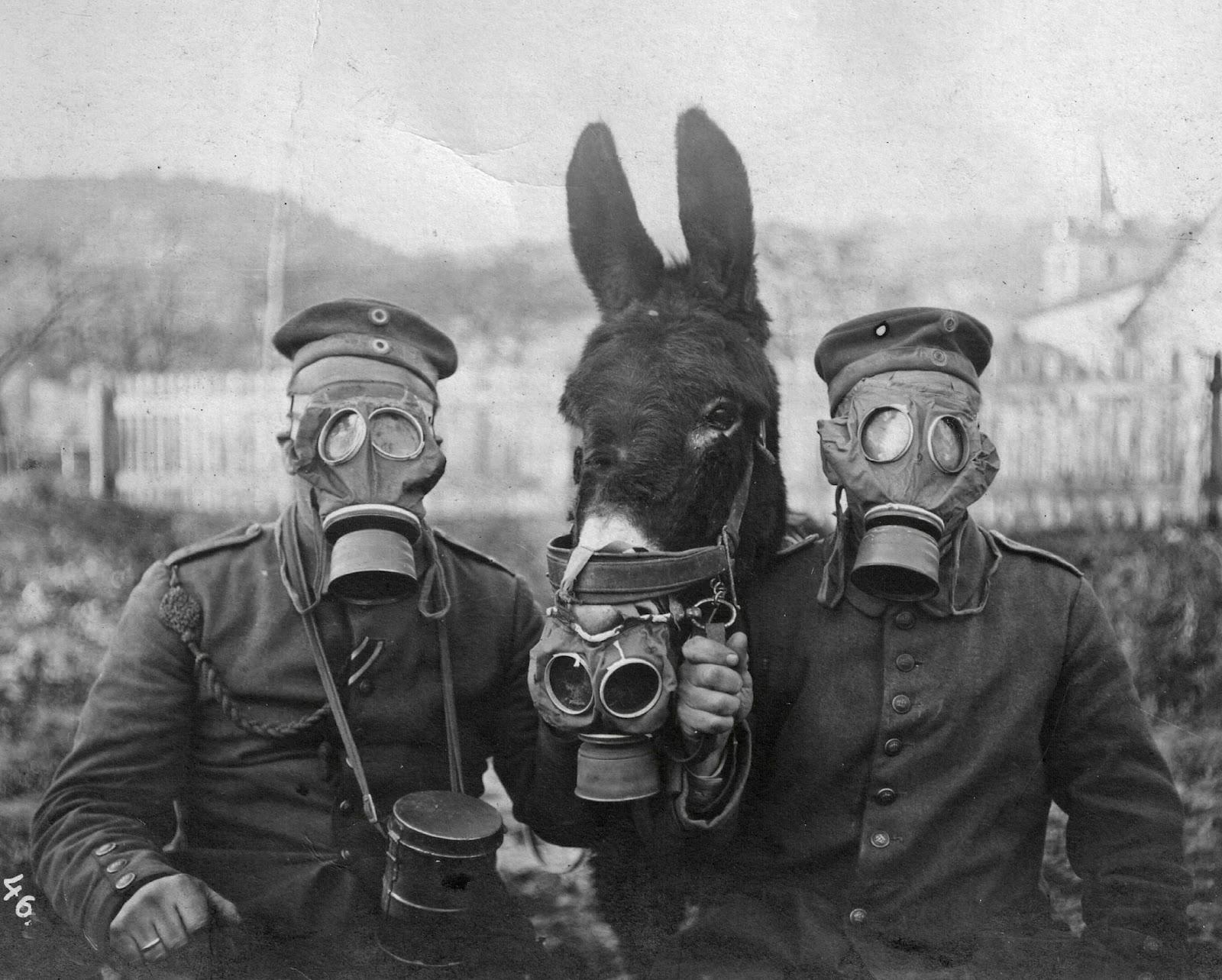As 1916 Ends, A Yearning for Peace;
But the Slaughter Continues.
Special to The Great War Project.
(1 January) As 1917 begins, the war just keeps on spreading, on all fronts.
Eleven European nations are now at war, plus the Turkish Ottoman empire which is fighting mostly in Asia. The Allied side,” observes historian Martin Gilbert, “now consisted of the Russians, the British, the French, the Italians, the Japanese, the Portuguese, the Serbs (with a tiny toe-hold in the south of their country), the Belgians (likewise clinging to a tiny fragment of their soil), and the Romanians (just driven out of their capital).”

A sea of artillery shells, impossible to comprehend.
“The British forces included contingents from Australia, New Zealand, India, South Africa, the West Indies, and Canada.”
On the other side are the Central Powers: the Turks, the Germans, Austrians and Bulgarians.
Elsewhere in Europe, the Czechs, Slovaks, and the Poles are waiting for the feeble Austro-Hungarian Empire to collapse so they can claim some of their territory still in Austrian hands.

Huge forces still sent into war, despite horrendous losses.
But that does not complete the order of battle.
In the Middle East, the Arab Revolt is “gaining momentum,” reports Gilbert, Arabs against Turks — the British supporting the Arabs, with men, guns, gold, and warships.
Elsewhere in the Middle East, “Many Jews hoped the defeat of Turkey,” writes Gilbert, “would lead to some form of Jewish autonomy in Palestine.” The Jewish war is fought mostly underground, with Jewish and Turkish spies rather than overt armed conflict.
The war also continues at sea, with Germany about to take the plunge into unrestricted submarine warfare. This could put almost impossible pressure on the United States.
During an earlier period of unrestricted U-boat attacks, hundreds of Americans lost their lives at sea, most famously in the sinking of the Lusitania in 1915.
But the Americans still do not succumb to pressure to get into the war, more than a century ago.
Now the United State could once again face German attack at sea.
Despite these losses, “only the United States among the great powers maintained its neutrality,” observes Gilbert.
After Woodrow Wilson’s reelection in November, a century ago, hope grows that somehow Wilson can bring an end to the war. In the U.S. some writers and newspaper columnists yearn for peace and believe the war is coming to a close, if gradually. For some 1917 will bring peace.
After his election victory, Wilson sends a note to all the belligerent nations asking for their conditions to stop the fighting.

Suspicions of “a German Peace.”
“This was a chimera,” Gilbert writes. “Despite the killing, the wounding and the capture of so many hundreds of thousands of men,” Wilson’s peace note falls on deaf ears as armies continue to grow everywhere.
Just as an example, “As 1916 ended, Russia had more than nine million men under arms. Germany had seven million.”
Austria has more than five million under arms, despite its losses so far in the war: 800,000 dead, another million badly wounded.
Early in the New Year, President Wilson assures his nation that “There will be no war…It would be a crime against civilization for us to go in,” he declares.

Extraordinary images from the Great War.
At the very start of the new century –1917 — there is much talk of peace, but none of the belligerents is willing to take the first step to end the fighting.

It is incredibly important for people to understand the colossal calamity of WWI. It could happen again….
Great work, Mr. Shuster – incredible how a monumental piece of history is simplified down to the generalized images that most of us ascribe to being “WWI”. Shedding light on the worldwide human toll of this extended bloodbath is a great service to all.
Mike, could you correct the headline for this post? It reads as, ‘As 1917 Ends, A Yearning for Peace;” – shouldn’t it read, “As 1916 Ends, A Yearning for Peace;”?
As always, thanks for finding such incredible images to illustrate the war and its costs.
Done Christopher. Thanks for pointing that out.